
March 29, 2023
When faraway objects start to look blurry, doing activities like driving and reading from a whiteboard at school becomes more challenging. Over time, nearsightedness affects not just the vision but also the quality of life, psychological development, personal well-being, and even education of individuals with this condition.
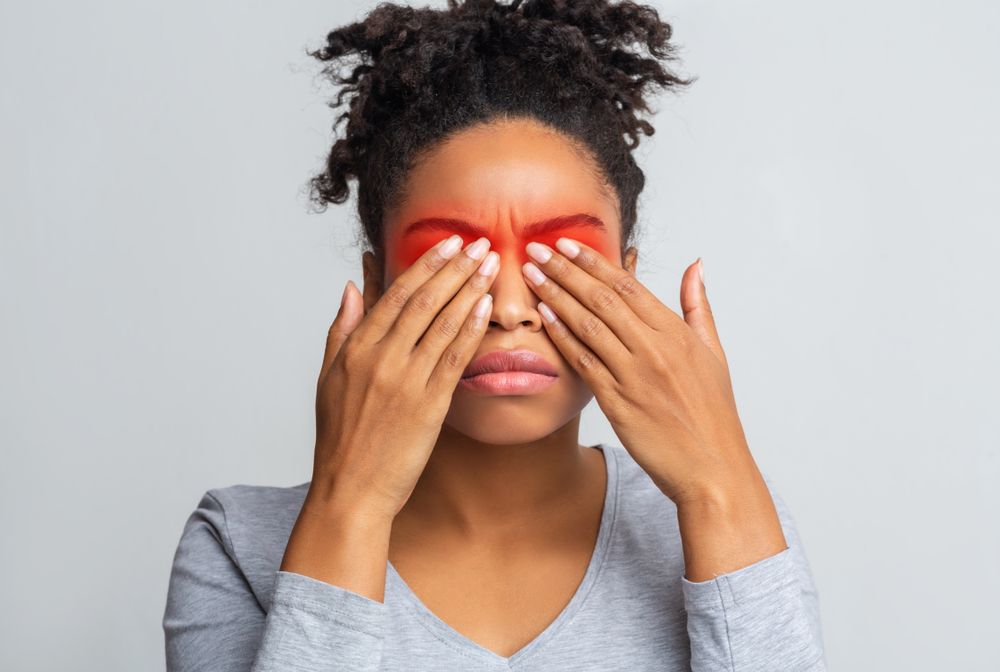
February 24, 2023
Diabetes will put you at more risk of experiencing vision loss. Research shows that people with it are 25 times more likely to go blind. Many may doubt this, unaware of the connection between the disease and eye health. Studies reveal that the intensive management of your glucose levels will reduce the risk of several eye conditions. They include the following:
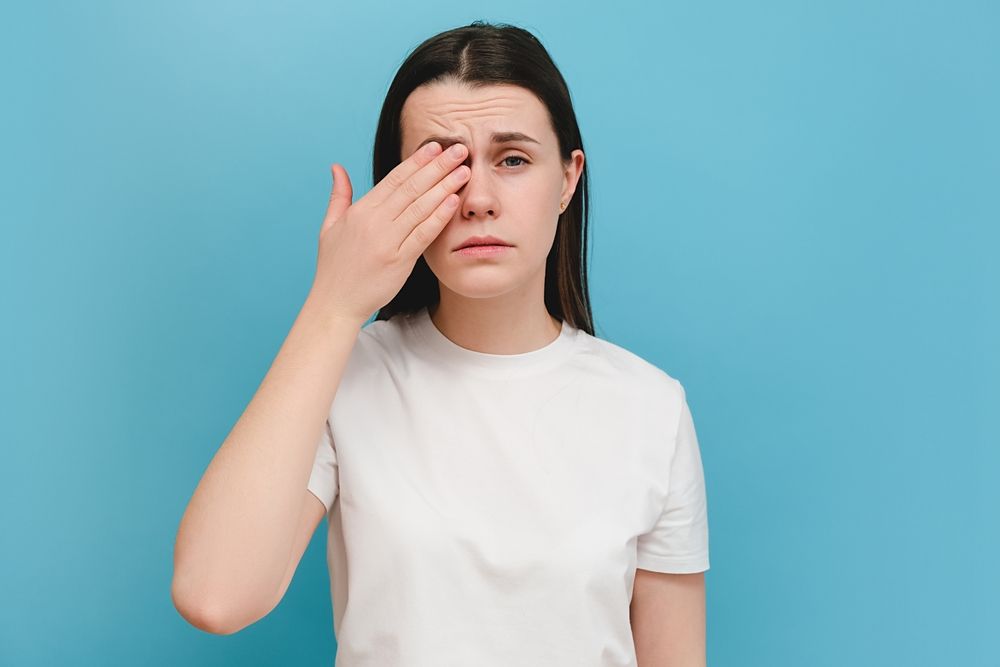
January 27, 2023
Your eye health is important. That is why the American Academy of Ophthalmology suggests that everyone must be familiar with common eye ailments. This is a good way to maintain one’s eye health. If you are familiar with these ailments, you can do your best to prevent them. Here are the five common eye conditions you should watch out for.
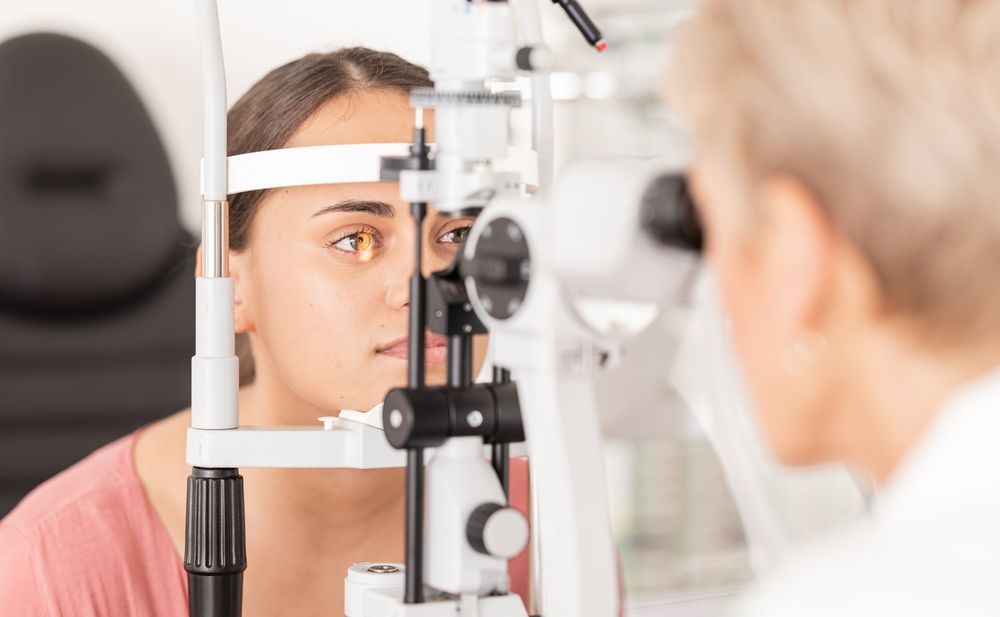
December 22, 2022
Your eyes are a vital sensory organ. They help you perceive 80 percent of inputs and impressions that help make sense of what surrounds you. Low vision is when you have vision loss that prescription, contacts, glasses, surgery, or medication cannot correct.
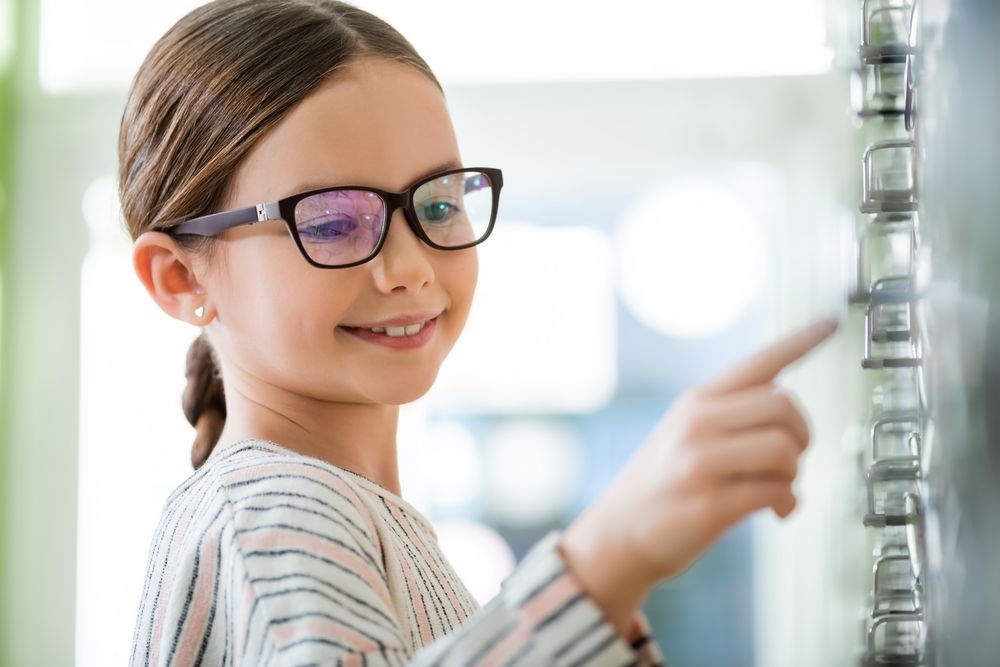
November 22, 2022
You can maintain your eye health and your family’s through regular eye examinations. However, choosing the right optometrist can sometimes be challenging. You must ensure that the practice is reliable and has excellence from the very start.

October 31, 2022
Myopia or nearsightedness occurs when the eyeball shape changes such that light does not focus directly on the retina as it should but focuses in front of it. As a result, objects at a distance appear blurry.

September 7, 2022
Orthokeratology is a nonsurgical eye treatment involving the temporary reshaping of the cornea for people with myopia. It is a nearsighted treatment mainly done in children or older adults; however, any person between the ages of seven to 70 can receive treatment.
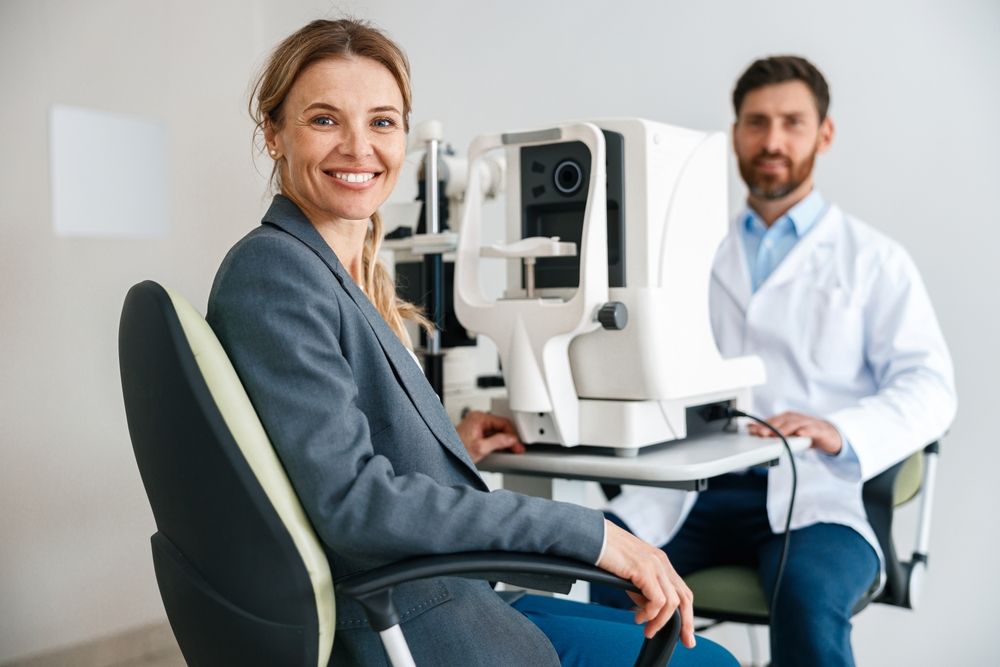
August 17, 2022
Keratoconus is an eye condition where the cornea (clear, round front part of the eye) gradually thins out and protrudes outward like a cone. The cornea's irregular shape stops the light entering the eye from focusing directly on the retina, distorting vision. If not treated, keratoconus can cause permanent blindness.
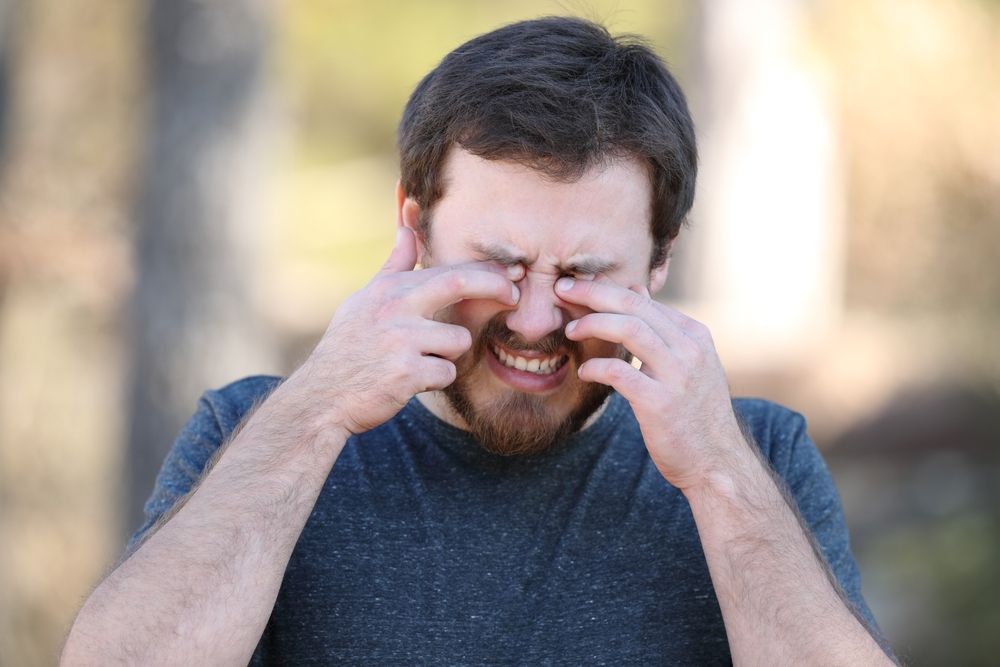
July 28, 2022
Tears are your body’s natural way of keeping your eyes lubricated and moist. An issue with the balance of your tear film can lead to dry eye syndrome. If you suffer from dry eyes, you do not need to despair. Various treatments can help treat this condition, including home remedies and medical interventions. One of the newcomers to the treatment field for dry eye syndrome is intense pulsed light therapy or IPL.
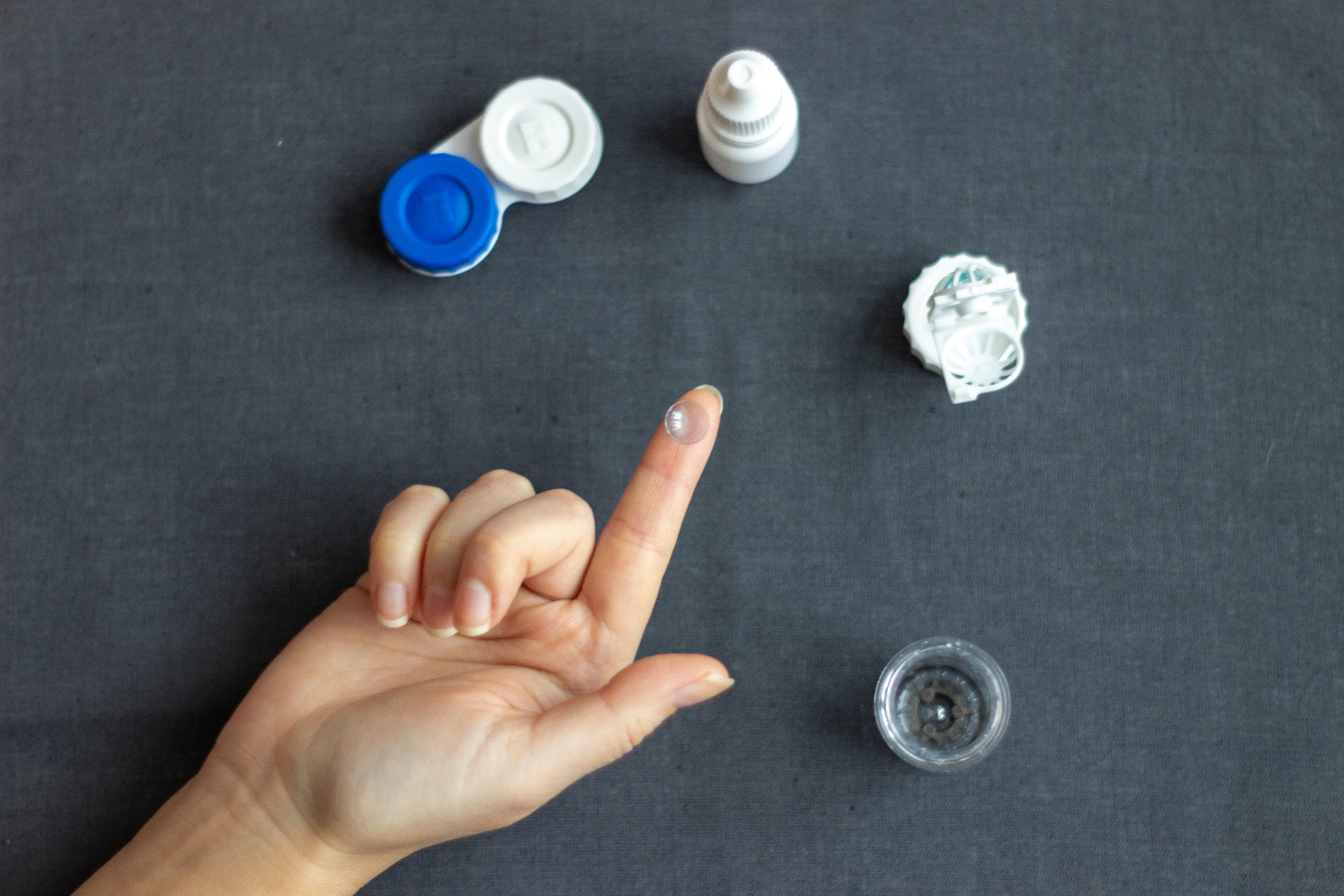
June 22, 2022
Orthokeratology (ortho-k) is a myopia control treatment that involves the use of special contact lenses. The non-surgical treatment can help improve vision by wearing gas-permeable lenses overnight and removing them during the day.







